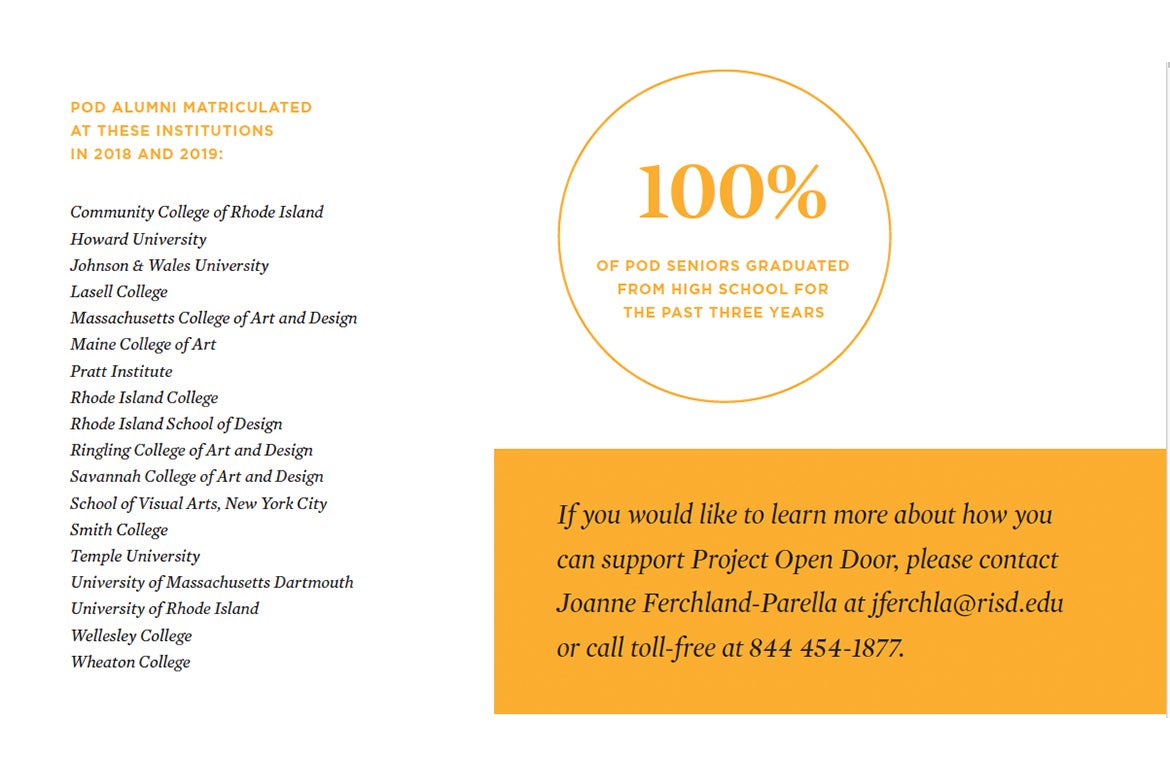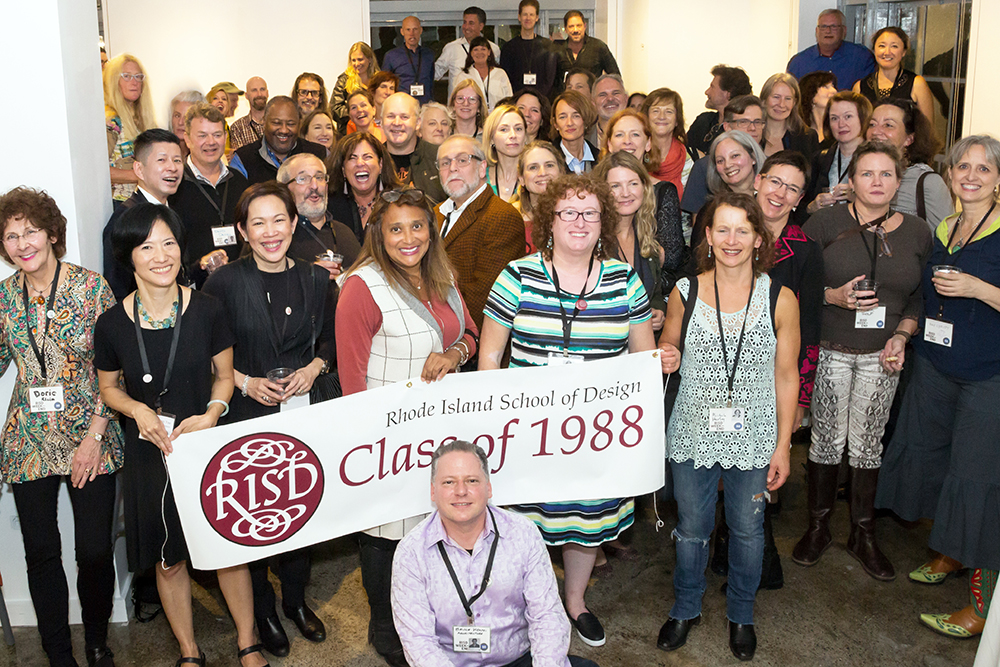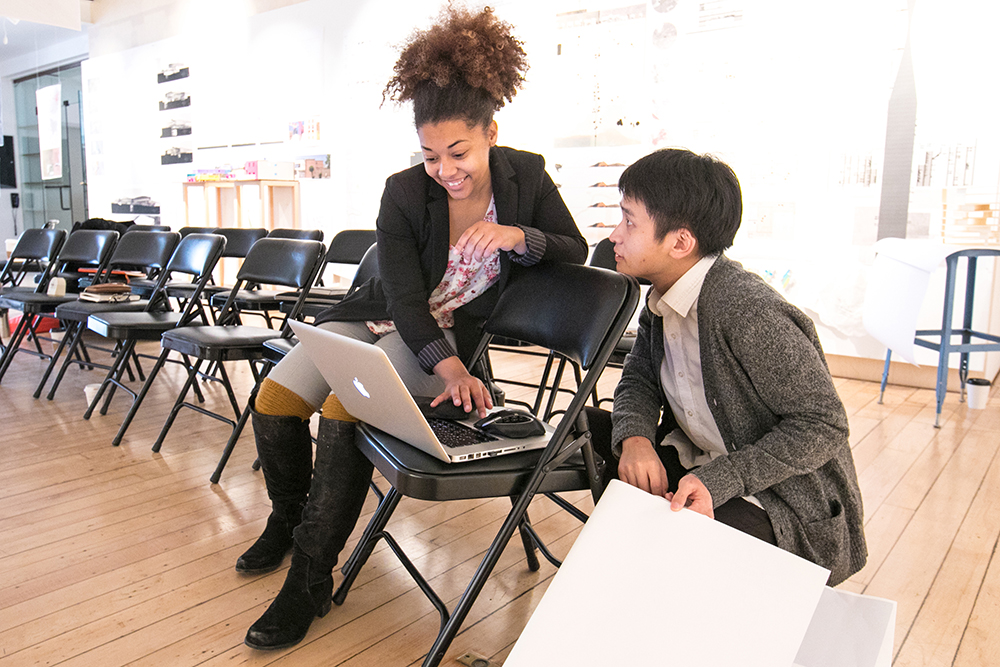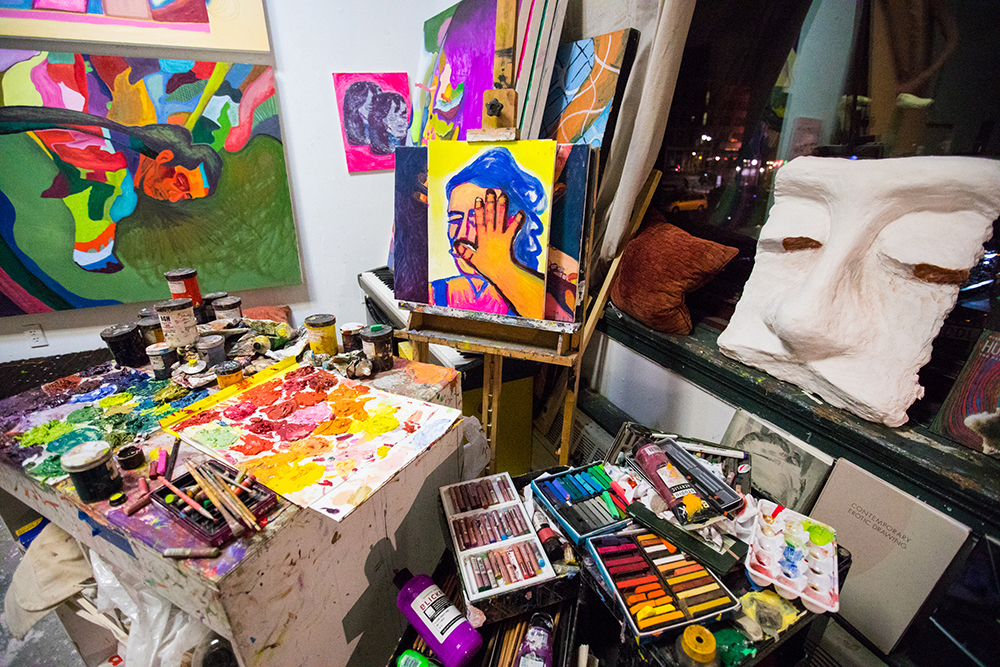
Empowering Creative Aspirations
Project Open Door advances social equity and access for teens attending public and charter high schools in Rhode Island’s urban core.
Creativity and talent are not bound by zip codes. The Rhode Island cities of Central Falls, Pawtucket, Providence and Woonsocket are home to many gifted students who want to study art and design. Unfortunately, these cities’ public schools and charter schools have extremely limited resources to fully nurture their students’ creative potential. RISD’s Project Open Door (POD) was founded in 2005 to help solve the problem.
POD supports teens as they move toward graduating high school and provides students with opportunities to advance their creative development. It also offers guidance on the college application process, especially portfolio preparation for art and design programs.
The Angell Foundation, the Hasbro Children’s Fund and the Surdna Foundation have made leading philanthropic investments in the program. The generosity of these foundations and other supporters has made it possible for POD to expand its programming over the years. POD now offers after-school programs at local high schools as well as Saturday portfolio development classes and summer studios on the RISD campus. The portfolio program this year serves 75 teens from 14 high schools throughout the school year.
RISD students play a large role in delivering these programs. “Undergraduates volunteer or work in paid positions as teaching assistants and become mentor figures for the teens. Students tell me they value the opportunity to share their practice, creative work and path to RISD. Some are interested in going into teaching or other types of community work, and their time with POD can be an informative step along these career paths,” says Lauren Allen MA 14, associate director of Project Open Door.

“Teaching + Learning in Art + Design graduate students can be even more deeply involved through assistantships and embedding their work with POD within their research and studies,” she adds. “POD teaching artists plan and implement semester-long after-school programs with partner schools and take on other roles that help them learn to run programs.” These experiences help prepare them for work as artist-educators in schools and diverse community-based settings.
“The engagements between POD teens and RISD students are mutually beneficial and a large part of what makesPOD such a distinct and special program,” she says.
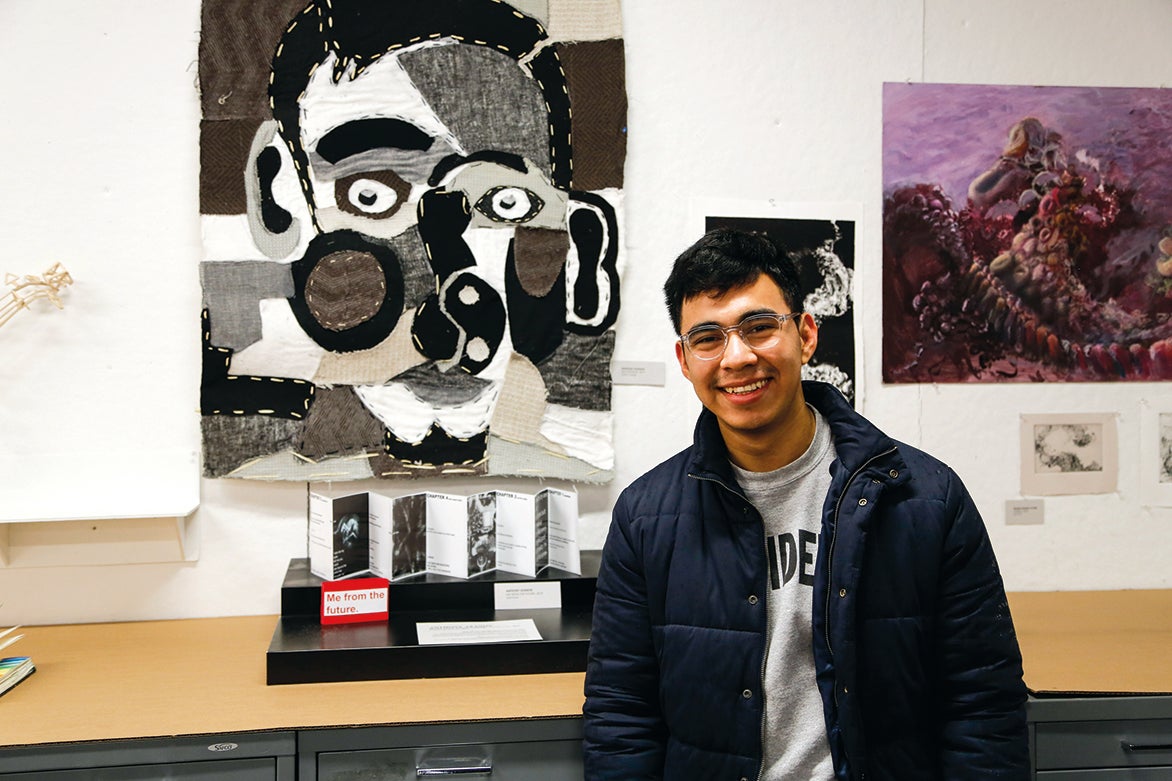
“I found a strong and supportive community and was encouraged to research and explore different media and keep a sketchbook for ideas,” says Anthony Azanon BArch 19, who attended POD programs as a teen and later became a teaching assistant in the program. “I discovered that art is a celebration of subject matter, concepts and media. When college application time came around, I had already developed a strong visual portfolio of my work.”
His path was not easy. He was born in Guatemala, came to the US when he was 14, and was the first in his family to attend college. “I started high school without speaking English. I was alone most of the time because of the language barrier. I sat in the back of the classroom and doodled in my notebook because I could not really understand what my teachers were saying,” he remembers.
Fortunately, his teachers noticed his aptitude for art and steered him toward the school’s art classes and Project Open Door. This connection with POD was an important step toward his application and admission to RISD.
Today he works as an architectural designer at an architecture firm in Cambridge, Massachusetts, where he creates construction documents, renderings and plans. He hopes to pursue a master’s degree in architecture and aspires to teach in higher education and build his own architecture practice. “I have recently gotten into storytelling to share some of what I have experienced as a first-gen immigrant,” he adds. “I’m also expanding my visual-arts portfolio in the hopes of showing in galleries, as this work also tells stories that I want to share.”
